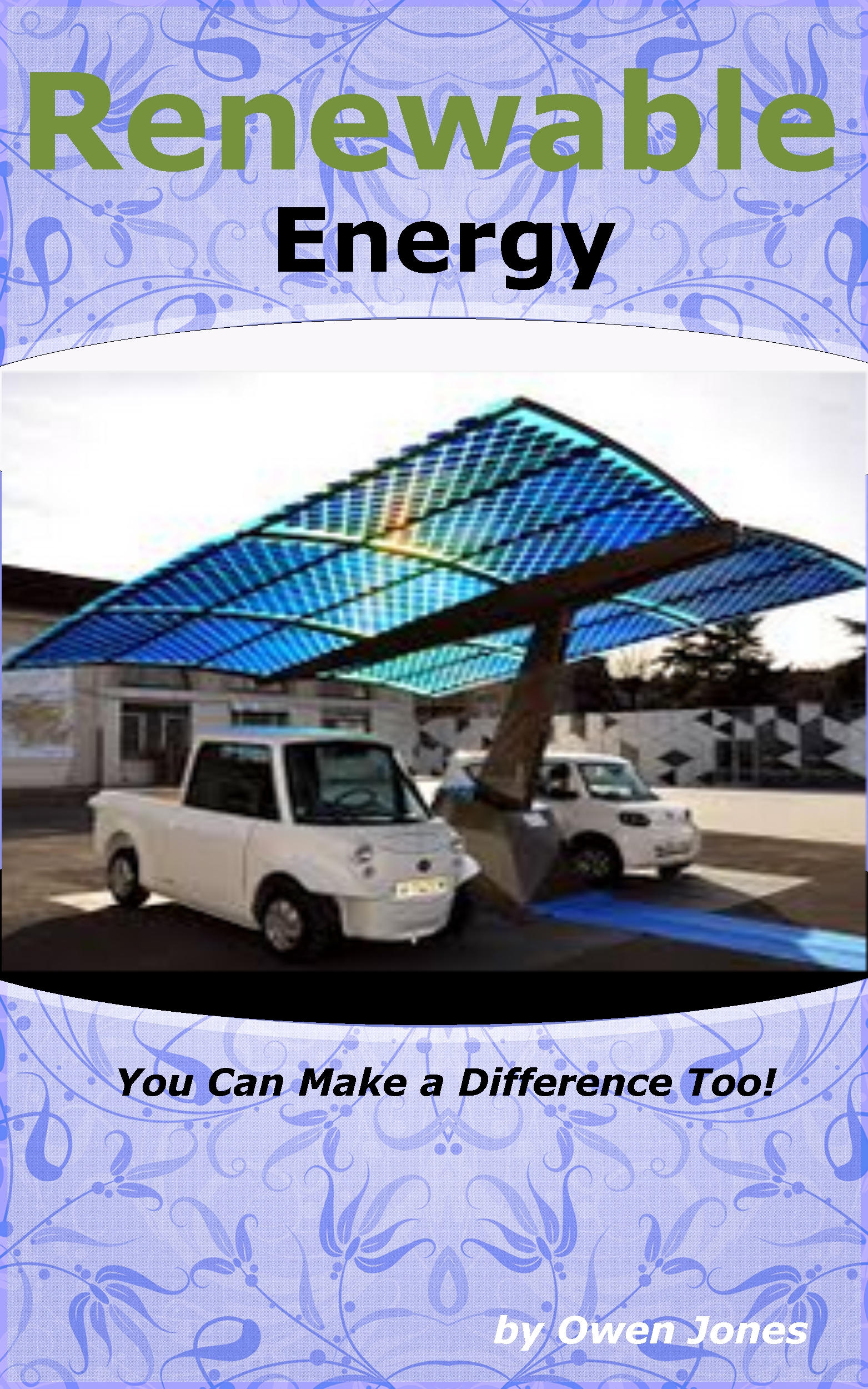
I hope that you will find the information helpful, useful and profitable.
The information in this ebook on how to implement a strategy for sustainable energy at home is organized into 19 chapters of about 500-600 words each.
I hope that it will interest those who would like to do something about creating their own energy for home use.
As an added bonus, I am granting you permission to use the content on your own website or in your own blogs and newsletter, although it is better if you rewrite them in your own words first.
You may also split the book up and resell the articles. In fact, the only right that you do not have is to resell or give away the book as it was delivered to you.
Genre: TECHNOLOGY & ENGINEERING / Power Resources / GeneralI have:
100,000 Twitter Followers
3,500 Facebook Fans
3,000 LinkedIn Followers
250,000 pageviews to my literary blog per month
Converting Your Home into a Solar Home
When it comes to converting your home into a solar home, there are several options, because not all homes have the same problems, the same requirements or the same potential sustainable power sources. Therefore, if you are going to try a total conversion or even get off the grid entirely, you will either need to do some research or call in an expert to make a survey for you.
If you call in an expert, try to get an independent one, so that you can work out the costs of fulfilling your energy needs yourself. You will have to pay for such a survey, naturally, but you could carry out a report yourself with a bit of work on your behalf. In order to produce a solar home, you may find the rest of this article interesting.
There are fundamentally two types of solar design: passive and active solar energy. Passive solar energy can be used to supply heating, cooling and natural light for your home. Active solar energy is used for powering home appliances, tools and lighting. It is the ideal combination of these two types of solar energy that you will attempt to accomplish, if you are attempting to convert your home into a solar home.
You can use passive solar energy methods in many ways, although they are more easily built in during the actual construction phase of a new home. The largest area of glass should face south or be within 30 degrees of due south. This will catch the maximum amount of heat. This heat can then be circulated around the house by stone floors and stone walls.
The central heating ducting and furnace fan can be used to assist, if necessary. If the house becomes too hot in the summer, awnings or even solar panels could be dropped down in order to put the windows in shadow. When thinking of passive solar energy, you should try to think of means of supplying warmth and coolness without using electricity.
| Language | Status |
|---|---|
|
French
|
Already translated.
Translated by Anthony Couturier
|
|
|
Author review: Anthony has done a marvellous job of both the translation and the formatting. |
|
Portuguese
|
Already translated.
Translated by Andrei Tartaroni
|
|
|
Author review: Andrei has made a fantastic job of both the translation and the formatting. |
|
Spanish
|
Already translated.
Translated by lily aleman
|
|
|
Author review: Lily did a great job of both the translation and the editing. |